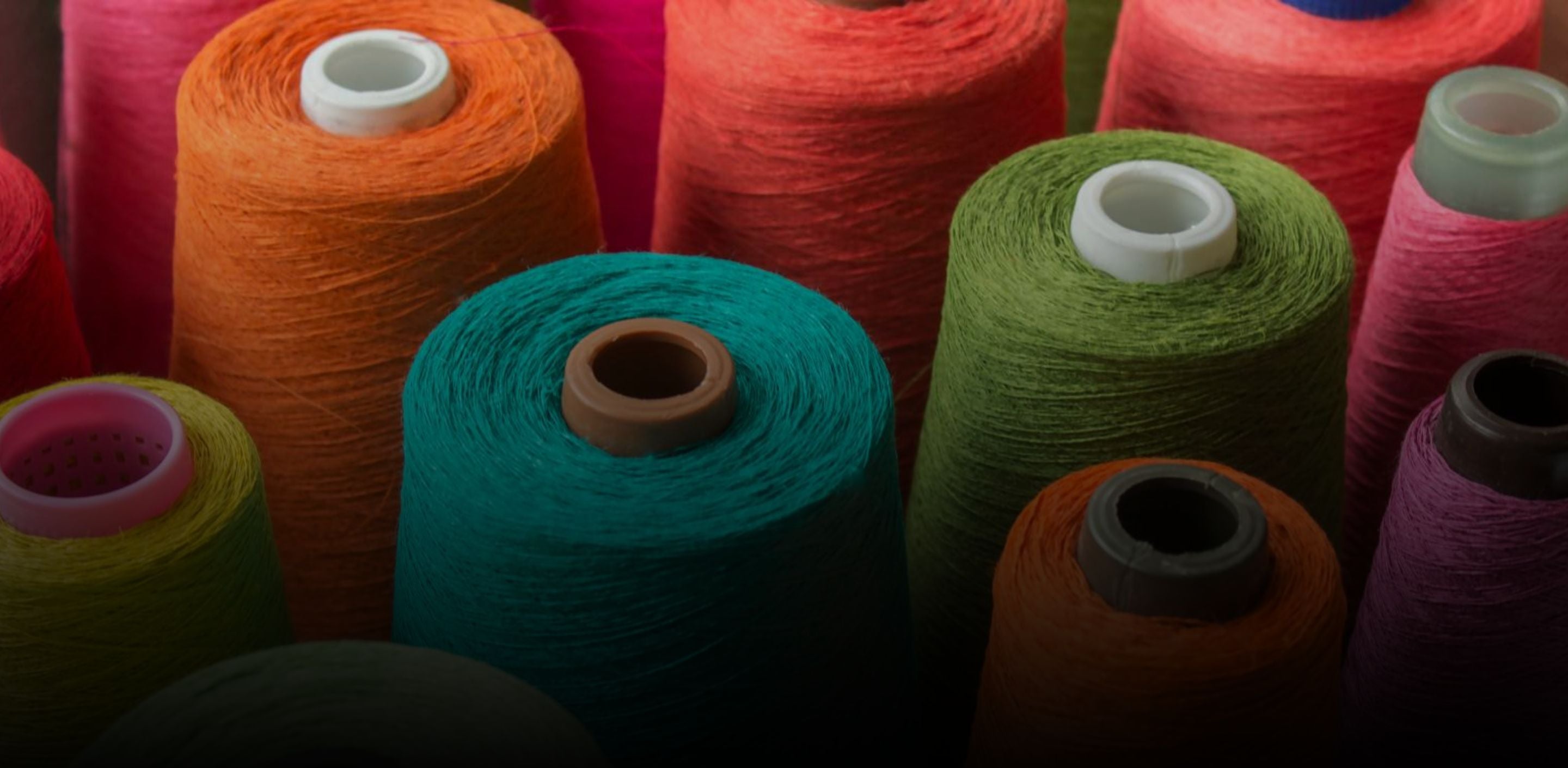Fabric performs in three dimensions are used as reinforcements in composite applications. Increased demand is being seen for 3D woven preforms in areas such as ballistics, aircraft, transportation, and structural reinforcements. Three-dimensional woven fabric-reinforced composites and two-dimensional woven fabric-reinforced laminates may be found in the literature.
However, the majority of these products lack delamination resistance and have poor out-of-plane mechanical qualities because of the absence or insufficiency of through-thickness reinforcement. Fully interlaced 3D preform weaving is a method for producing 3D woven fabric structures with through-thickness reinforcement, which enhances delamination resistance and out-of-plane mechanical qualities.
This blog describes the history of weaving along with the evolution of 3D weaving within the textile industry.
Weaving's Historical Roots

Modern textiles are made using a growing process called weaving, which involves interlacing two sets of strands in opposite directions. Since the Neolithic and even the Endolithic periods, it has existed. Archaeological digs have uncovered remnants of woven textiles in every region of the world. For as long as people can remember, archaeologist Kramrisch argues, knowing how to do something well has been a point of intellectual pride. Clothing and shelter were once the primary uses for woven fabrics. However, as the global population grows and technology advances, materials are being put to use in the fashion and performance industries, helping to improve people's quality of life.
The wefts were first inserted by hand after the warp strands were strung from a tree branch. The loom makes its first appearance here. Any frame or device that keeps the warp threads parallel to one another and allows the weft to be interlaced at right angles to form a web might be considered a loom in this context. The 'vertical loom' was inspired by this, and ultimately, the 'horizontal loom,' which is the ancestor of the contemporary weaving loom, was constructed. The transition from the handloom to the contemporary loom, however, was pervasive throughout history and included several phases of development. Unfortunately, these techniques could only be applied to flat, woven textiles.
Fabrics that are woven and have depth and dimension

Due to the assembly's size, a subtle distinction may be made between 2D and 3D fibrous structures. Two-dimensional (2D) textiles are textile constructs with a minimal thickness in contrast to their length and width. Warp and weft are the two sets of strands used to create biaxial woven constructions in two dimensions (2D). When compared to 2D textiles, 3D textiles have an added layer of thickness. 3D woven fabric constructions are constructed up of three yarn components that run in three orthogonal directions: x, y, and z, with the z-yarn supporting the fabric's through-thickness direction. The yarns that make up a two-dimensional fabric are all aligned in the same plane; in a 2.5D fabric, like terry pile fabric, the yarns are aligned in two mutually perpendicular planes; and in a three-dimensional fabric, the yarns are aligned in all three planes. However, it should be noted that a 3D fabric does not have contain three sets of yarns; it may instead have two or more sets of yarns.
Methods for manufacturing 3D woven textiles

Based on the kind of interlacement and yarn orientation, experts defined a distinct classification of 3D woven preforms. Three-dimensional woven textiles were also categorized in a separate study according to weaving technique and fabric construction. The weaving method was used to categorize 3D woven textiles into three categories: 2D weaving—3D fabrics, 3D weaving—3D fabrics, and numbing. Based on the fabric structure, they were separated into four categories: solid, hollow, shell, and nodal.
The technology to create fully interlaced preforms in 3D is already commercially accessible.
The development of the dual-directional shedding mechanism has made it possible to interlace a multi-layer warp with a set of horizontal and vertical wefts in the fabric-width and fabric-thickness directions. The result is a seamless 3D woven fabric with no seams. Three crucial factors for the successful completion of the 3D totally interlaced perform weaving process.
i. A grid-like configuration of several warp layers.
ii. Two-way shedding technique.
iii. Two groups of weft yarn that are orthogonal to one another.
Based on the previously reported 3D fully interlaced perform weaving process, experts detailed the creation of machinery capable of producing a fully interlaced 3D woven structure. This method satisfies Khokar's requirements for the three main characteristics of the totally interlaced perform weaving process in three dimensions.
Several researchers performed a process of producing 3D woven fabrics by applying the circular weaving method. Moreover, these methods do not utilize the dual-directional shedding mechanism. Hence, they do not qualify as fully interlaced 3D weaving and the evolved structures do not possess an entirely interlaced 3D woven structure.
We also happen to be a magnet for suggestions, and would love to catch yours….throw us yours on hello@fabriclore.com




